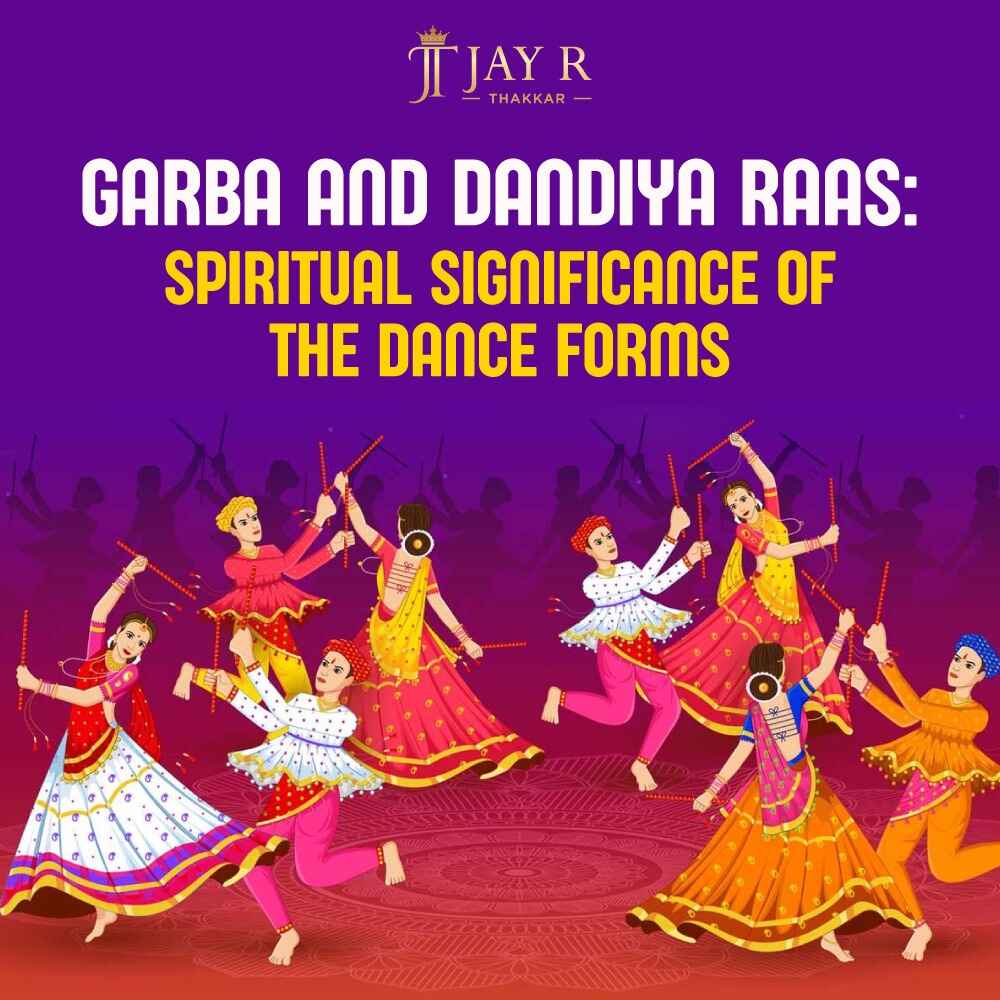
- By: admin
- Comments (0)
- Sep 1
Garba and Dandiya Raas are more than just dance forms; they are a beautiful blend of culture, devotion, and joy that holds deep spiritual significance in Indian tradition. These dances are most commonly performed during Navratri, a nine-night festival dedicated to worshipping Goddess Durga. This article explores the spiritual meaning behind Garba and Dandiya Raas and how they have become an integral part of Indian festivities.
The Spiritual Roots of Garba
Garba is a traditional folk dance from Gujarat, performed in honor of Goddess Durga. The word “Garba” comes from the Sanskrit word “Garbha,” meaning womb. This symbolizes life and creation, connecting the dance to the divine feminine energy. During Navratri, women and men form circles and dance around a central lamp or an image of the Goddess. The circular movement represents the cycle of life, death, and rebirth. As the dancers move in harmony, they pay homage to the Goddess, seeking her blessings for health, happiness, and prosperity.
Understanding Dandiya Raas
Dandiya Raas, often performed alongside Garba, involves rhythmic movements with sticks called dandiyas. This dance form symbolizes the battle between Goddess Durga and the demon Mahishasura, with the dandiyas representing the swords of the Goddess. The energetic and synchronized movements of Dandiya Raas are not just a way to celebrate victory but also to express devotion and unity. As people dance together, they create a sense of community, spreading positive energy and joy.
Why These Dances Are More Than Just Celebrations
While Garba and Dandiya Raas are fun and vibrant, they also serve a higher purpose. They are a way for people to connect with their spiritual roots and show their devotion to the divine. The dances create a sense of oneness, where every participant, regardless of age or background, is united in their reverence for the Goddess. The rhythmic beats of the music, the graceful movements, and the collective energy make these dances a powerful spiritual practice.
Jay R Thakkar: The King of Navratri
Jay R Thakkar, often hailed as “The King of Navratri,” has mastered the art of Garba and Dandiya. He has elevated these traditional forms to new heights, captivating audiences across generations. Through his expertise and passion, Jay R Thakkar has not only kept these traditions alive but has also inspired many to embrace the spiritual significance behind the dances.
As we honor the history and story of Navaratri, let us embrace the timeless traditions, spiritual teachings, and cultural richness that define this auspicious festival. May Navaratri inspire us to cultivate devotion, unity, and reverence for the divine, fostering harmony and goodwill in our lives and communities.
Garba and Dandiya Raas are much more than just festive activities. They are expressions of devotion, celebrations of life, and reminders of the eternal cycle of creation. By participating in these dances, people connect with their cultural heritage and experience a deep spiritual bond with the divine. As we continue to celebrate these traditional dance forms, let’s remember their spiritual roots and the profound meanings they hold.
follow on social Media
Contact us for High-Profile Event Judge in Mumbai:
